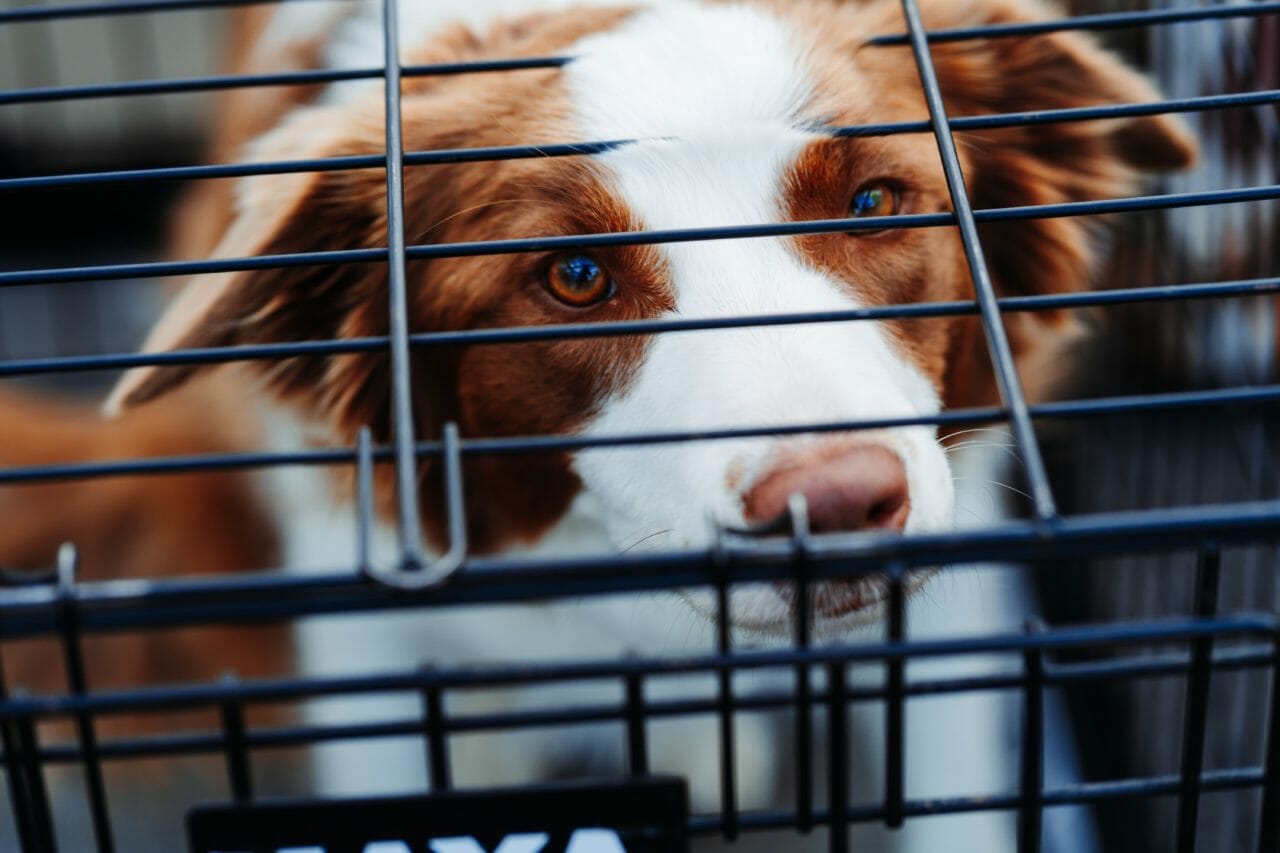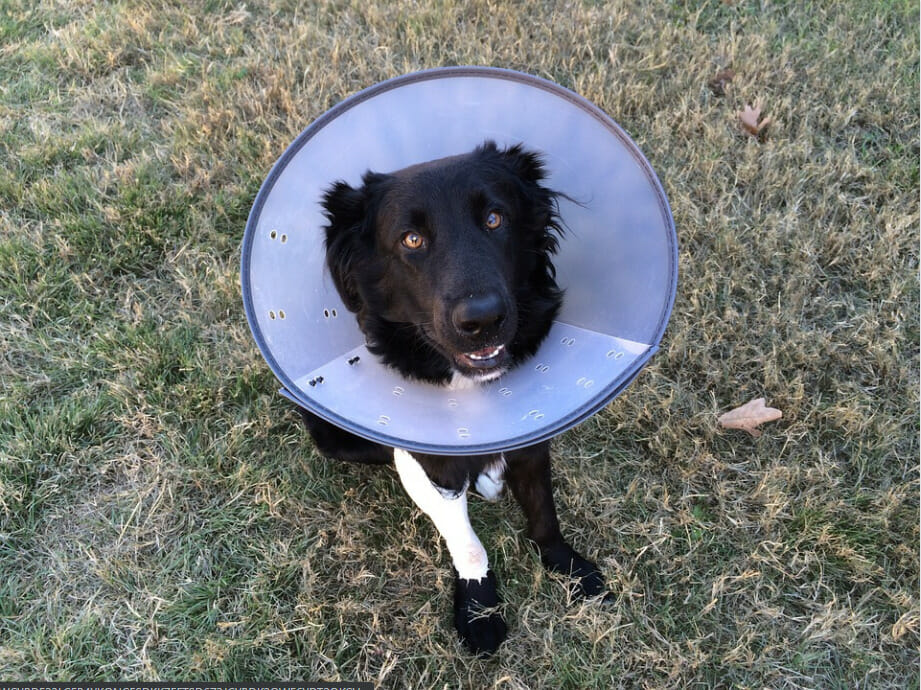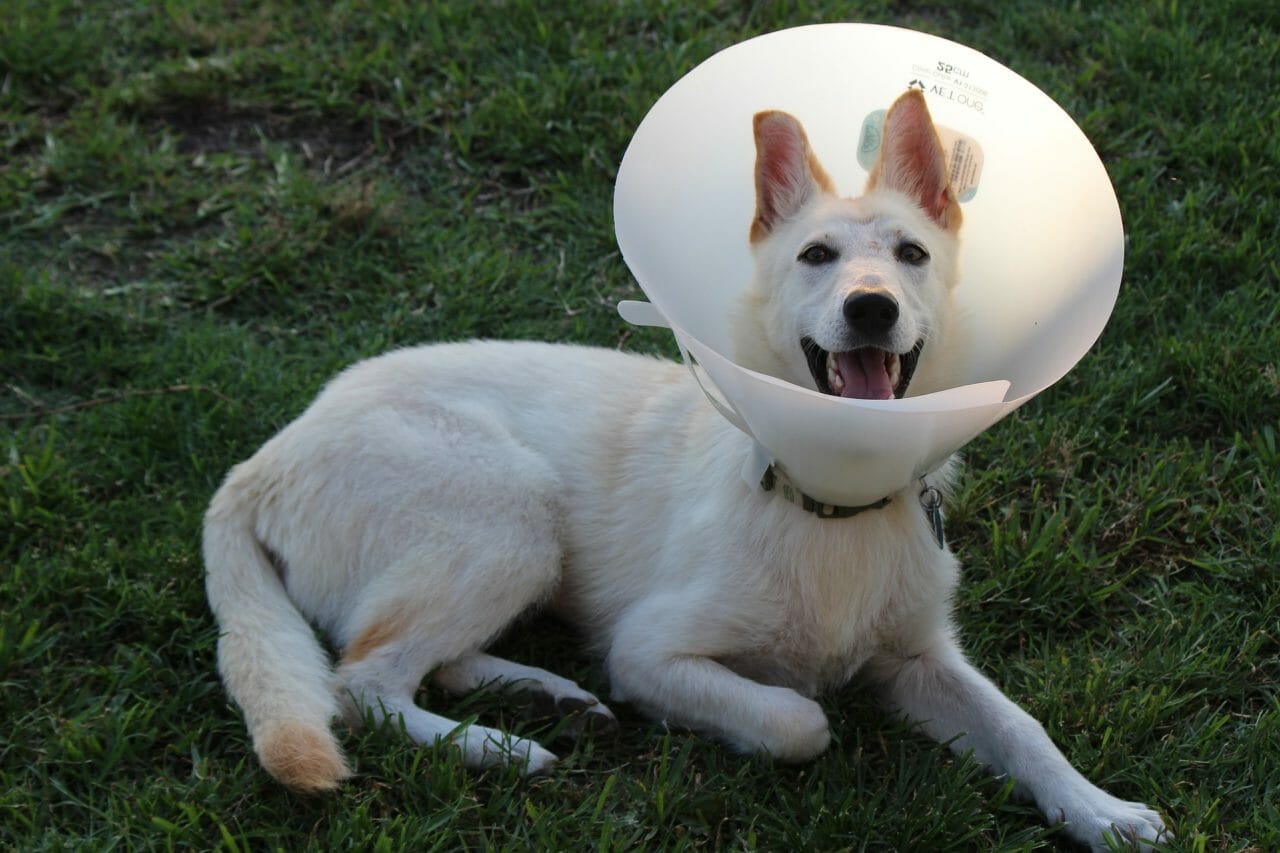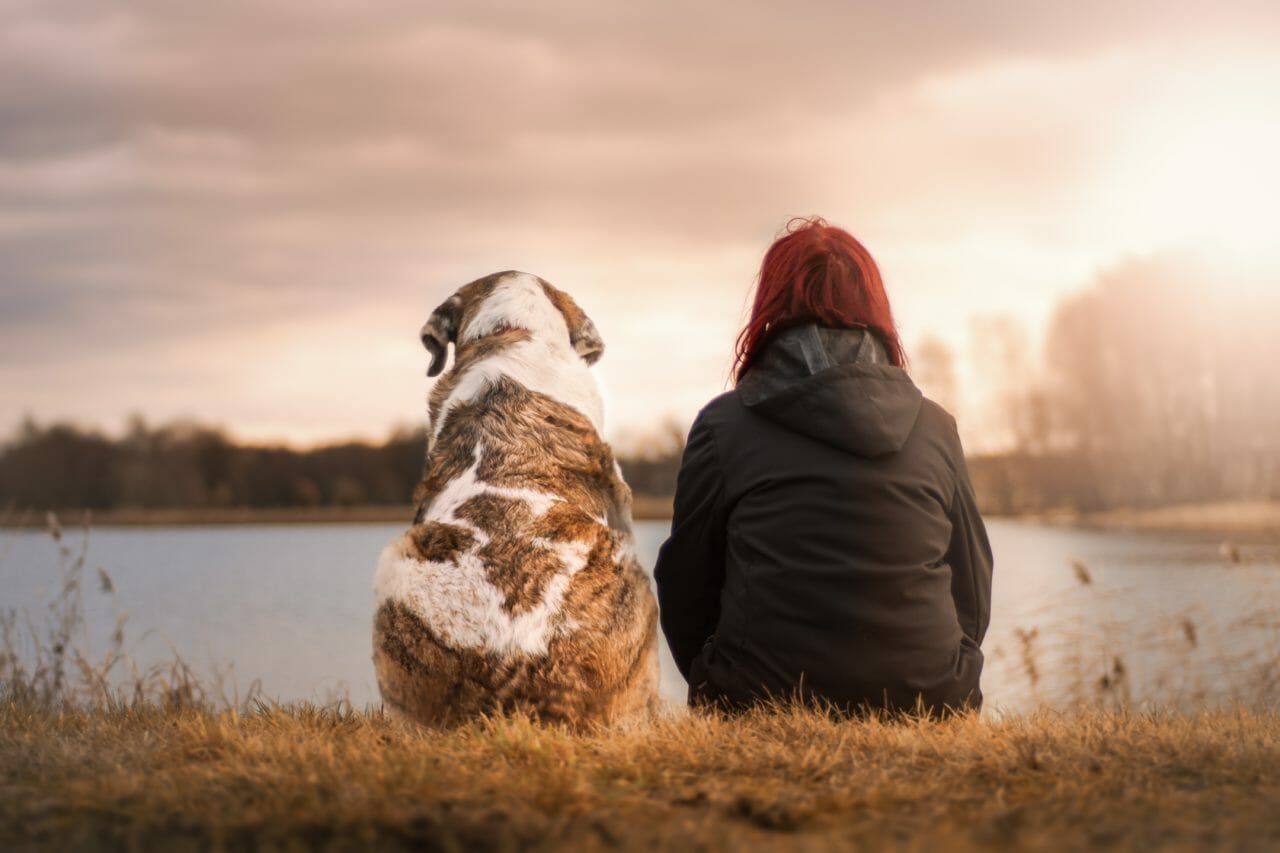The road to recovery doesn’t have to be difficult
Learning your dog needs surgery can be a stressful time for dog owners. With so many different things to think about before and during the surgery, it can be easy to forget about the recovery process.
After the surgery is complete, most vets will recommend keeping your dog confined to ensure the recovery process goes smoothly and your dog doesn’t encounter any setbacks. This is often called confinement, and while it seems straightforward, dogs are very social creatures and can get antsy being cooped up.
In today’s article, PetRehab.com will look at a few different ways you can safely confine your dog after surgery without them going stir-crazy while still ensuring they are on the path to a full recovery.
Understand the Different Types of Confinement
There are typically three types of confinement after surgery:
- Medical
- Physical
- Emotional
Medical
Medical confinement is for dogs who have had a serious surgery or procedure that requires them to be isolated from other animals and people. This is to prevent the spread of infection and give your dog time to recover without distractions.
Physical
Physical confinement is for dogs who need to limit their movement to allow their body time to heal. This can include crate rest, but it can also mean having a smaller space to move around in or being on a leash at all times.
Emotional
Emotional confinement is for dogs who might be anxious or stressed after their surgery. Keeping your dog away from distractions and limiting how many other humans and other “triggers” they are around can help them feel more relaxed and less anxious.
Your vet will recommend the needed time and space your dog needs for each type of confinement based on the surgery they had.
Design the Confinement Space With Restrictions in Mind
For most surgical recoveries dealing with soft tissue or bones, your vet recommends around 8 weeks of exercise restrictions. This means that your dog shouldn’t be running, jumping, or playing too rough during this time, as it could cause further injury.
Crate rest is often recommended for dogs in recovery. Be sure the crate is big enough for your pup to move around comfortably but small enough so your dog can’t injure himself by jumping or playing too roughly. It’s also a good idea to crate train your dog before their surgery, so they are familiar and comfortable with the space.
If crate rest isn’t an option, you can also use baby gates to create a smaller, confined space for your dog that still allows them some room to move.
Provide Your Dog With Ways to Entertain Themselves
Just because your dog is confined doesn’t mean they have to be bored. There are several ways you can provide entertainment and enrichment for your dog while they recover.
- Create an activity center in their space with different toys, puzzles, and treats. You can also rotate the toys every few days to keep them from getting bored.
- Provide a view of the outside world. If they are in a crate, you can position it near a window so they can watch the birds or people pass by.
- If they have a smaller space, you can set up a pet camera so they can see what’s going on in other parts of the house.
- Finally, you can provide your dog with some delicious dog-safe foods that will take them longer to eat and keep them occupied. This can include Kongs filled with peanut butter or treat-dispensing toys.
Monitor Your Pup’s Progress Closely
The most important thing you can do for your dog during its recovery is to monitor its progress closely. This means keeping an eye on the incision site and watching for any signs of infection, such as redness, swelling, or discharge.
You should also keep track of how much they are eating and drinking, as well as their energy levels and bathroom habits. Recording this information will help you and your vet track how well your dog is recovering and if any problems need to be addressed.
Make Food and Water Easily Accessible
Most surgical procedures will limit the mobility of your dog during recovery. So be sure to make sure their food and water are easily accessible, so they don’t have to struggle to reach them.
One way to do this is by using a raised bowl for food and water. This can be anything from a pet bowl that sits on a stand to a makeshift table made out of boxes or crates.
Remember How Important Bathroom Breaks Are
It’s important to remember how important bathroom breaks are for your dog in recovery. This is especially true if they are crate resting, as they may not want to soil their sleeping area.
Make sure to take them out frequently, at least every few hours so that they can relieve themselves. If possible, taking them on a short walk is also a good idea to help stimulate their bowels and prevent constipation.
Just in case of accidents, place a wet pad where they are doing most of their sleeping or crate resting. This will help absorb any accidents and make cleaning up easier.
Reduced Noise Keeps Stress Low
Your dog usually has walks or the backyard to run around and use energy, so being cooped up can be difficult. Dogs in recovery need lots of rest and a calm environment is important to help them heal.
This means:
- Keeping noise levels low
- Avoiding any sudden movements or loud noises that could startle them.
- Keep visitors to a minimum, as too many people coming and going can be overwhelming for a dog in recovery.
Closing Thoughts
While recovery from any surgery can feel like a long and daunting process, there are things you can do to make it easier for both you and your dog.
Following the tips above can help your dog recover quickly and safely. And remember that showing your dog love and affection is the best thing you can do during this time.



